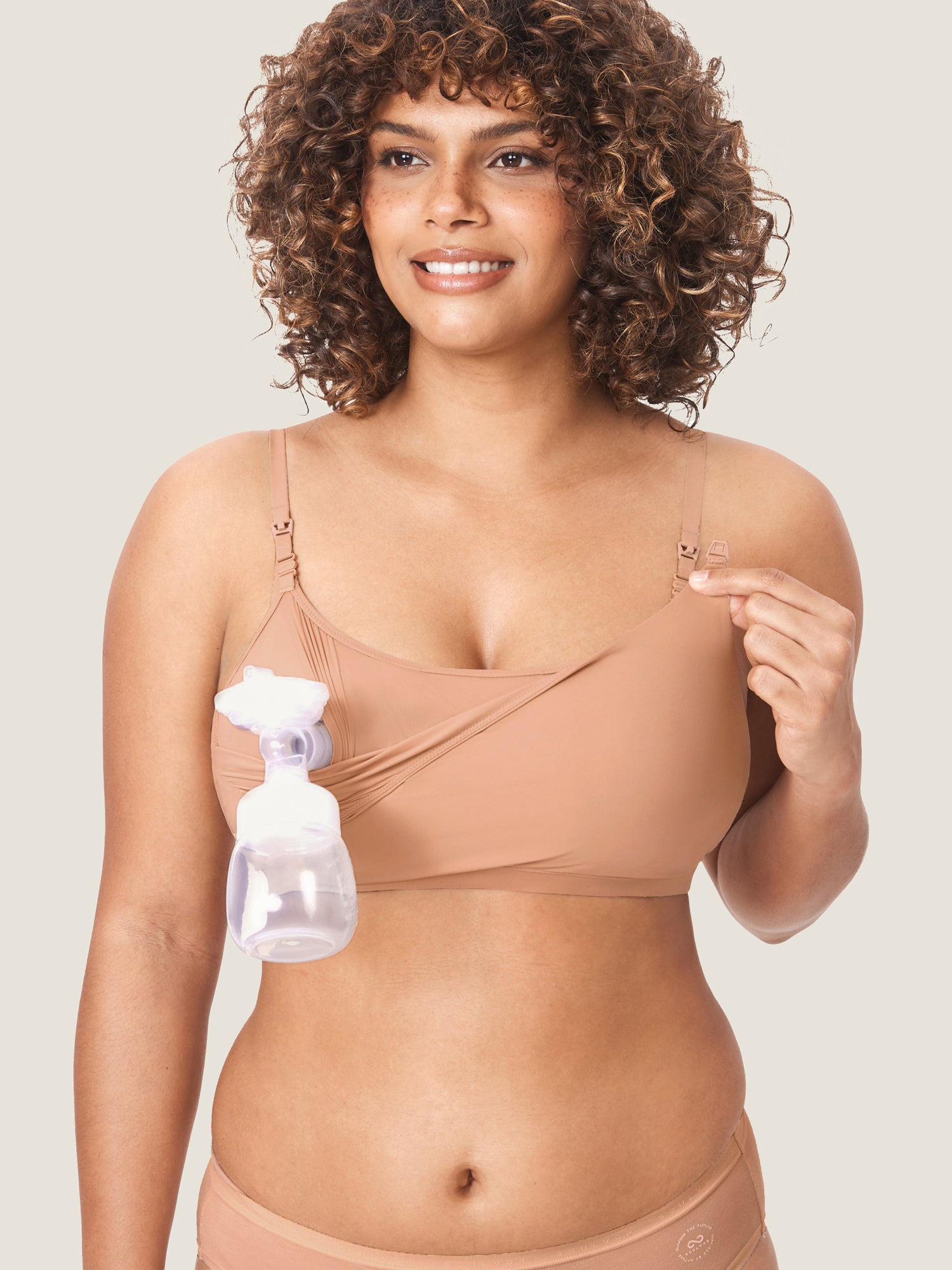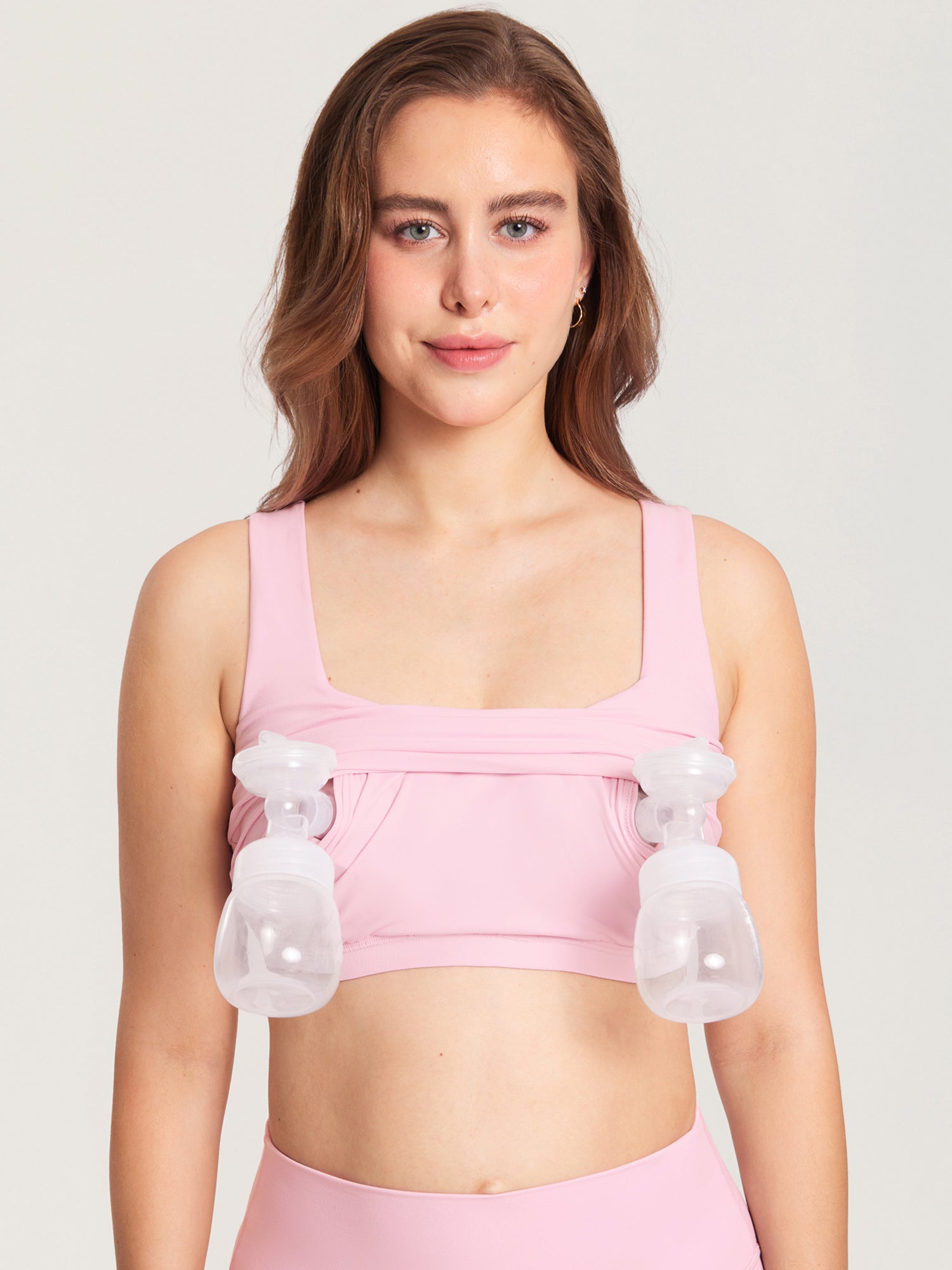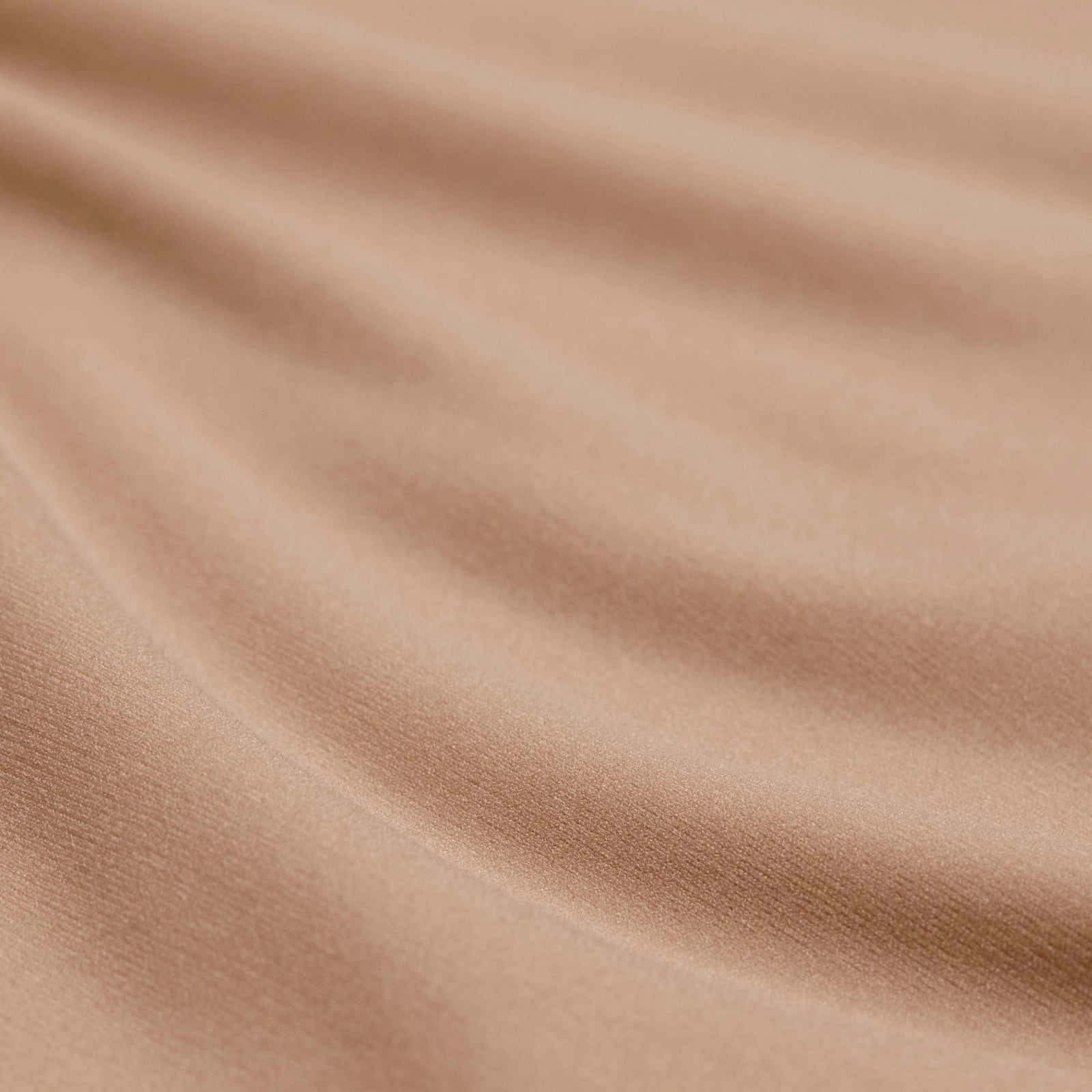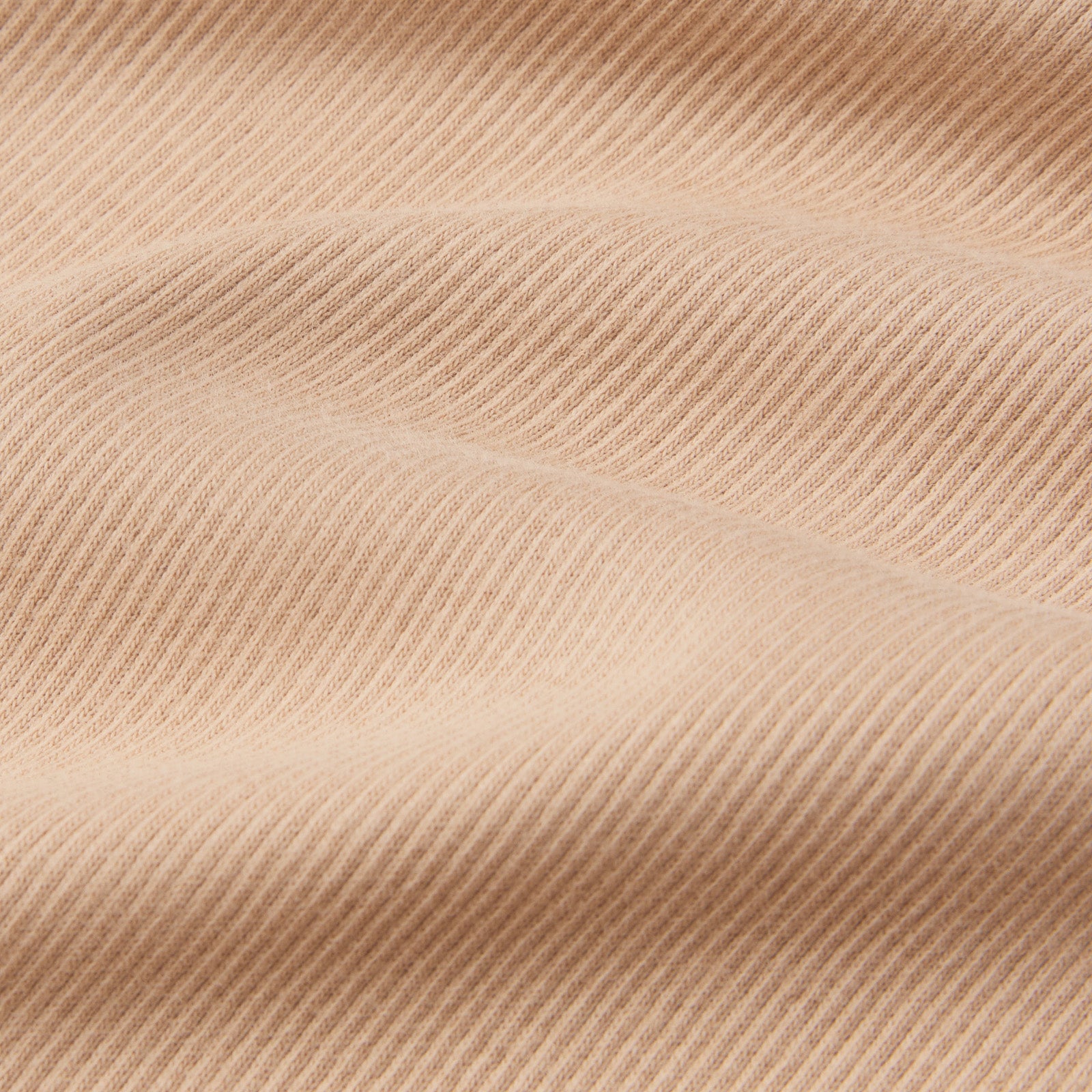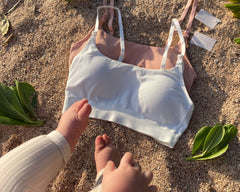Hey , new mama! If you've ever taken a peek at your pumped breast milk and thought, "Why does this look so thin? Is something wrong?"—take a deep breath. That watery consistency is usually completely normal, and it doesn’t mean your milk isn’t nourishing your baby. In fact, your body is likely doing exactly what it’s supposed to! Let’s dive into why breast milk sometimes looks watery, what it means for your baby, and how to ensure they’re getting everything they need.
Breast Milk Isn’t Just One Type—It’s a Dynamic Superfood
Think of breast milk like a gourmet, custom-blended smoothie—its composition changes throughout a single feeding and even across the day to meet your baby’s needs. The first milk your baby gets, known as foremilk, is thin, light, and rich in lactose, vitamins, and hydration. This is like a refreshing, thirst-quenching drink to keep your baby hydrated. As the feeding continues, the milk gradually transitions into hindmilk, which is thicker, creamier, and packed with fat and calories to keep your baby full and help them gain weight.
SEE ALSO How Long Is Breast Milk Good for in the Fridge
What Causes Breast Milk to Look Watery?
1. The Natural Foremilk-Hindmilk Balance
If your milk looks thin, it may just be foremilk. Babies who nurse for only a few minutes or switch breasts too quickly may not get enough of the richer hindmilk. If you’re worried about your baby getting enough fat, try letting them finish one breast completely before switching to the other. This ensures they’re reaching the calorie-dense milk that comes later in a feed.
2. Your Milk Ejection Reflex (Letdown) is Strong
Some moms have an extra forceful letdown, meaning milk sprays out quickly, and babies take in a lot of foremilk before the fattier milk has time to flow. If you notice your baby gulping rapidly, coughing, or pulling off in frustration, this could be why. Try nursing in a more reclined position so gravity slows the flow, or hand-expressing a little before latching to release some of that fast-flowing foremilk first.
3. Pumping Habits Affect Milk Appearance
When you pump, especially in the morning when your supply is highest, you might notice your milk looking thinner. This is because morning milk is naturally more hydrating to help meet your baby’s needs after a long night. The longer you pump in a single session, the more hindmilk you’ll see. A great trick is to massage your breasts while pumping to encourage the fatty milk to flow sooner.
4. Your Diet Can Influence Milk Composition
While breast milk is incredibly resilient and maintains its nutritional quality regardless of what you eat, consuming more healthy fats—like avocado, salmon, nuts, and olive oil—can slightly increase the fat content. At the same time, overhydration can make milk appear more diluted, though it doesn’t actually reduce its nutritional value. Drinking to thirst, rather than forcing excessive water intake, is the best approach.
5. Breast Milk Separates When Stored
Ever put pumped milk in the fridge and notice a thin, bluish layer on the bottom with a thick, creamy layer on top? That’s completely normal! The fat naturally rises as milk sits. Just gently swirl (don’t shake) the bottle to mix it back together before feeding. The appearance of your stored milk doesn’t reflect its quality—it’s still packed with all the goodness your baby needs!
When to Be Concerned
Most of the time, watery looking breast milk is perfectly fine. However, in rare cases, an imbalance between foremilk and hindmilk can cause digestive discomfort. If your baby is experiencing any of the following, it may be worth consulting a lactation consultant:
-
Poor weight gain despite frequent feedings
-
Green, frothy, or mucousy poop (this can indicate too much lactose from excess foremilk)
-
Fussiness, gassiness, or seeming constantly hungry even after full feeds
-
Painful, engorged breasts that don’t seem to empty properly
How to Ensure Your Baby Gets a Good Balance of Milk
For Nursing Moms:
-
Let baby nurse fully on one side before switching to ensure they reach the fatty hindmilk.
-
Try “block feeding” if you suspect an oversupply—nursing from the same breast for a couple of feeds in a row helps regulate milk composition.
-
Look for deep swallows rather than just light sucking to know when baby is drinking effectively.
For Pumping Moms:
-
Use breast massage and compression to help express more hindmilk.
-
If your milk separates, warm it slightly and swirl it to redistribute the fat before feeding.
-
Consider labeling stored milk based on when it was pumped—morning milk is more hydrating, while evening milk may be richer in fat.
The Bottom Line
Breast milk is an incredible, ever-changing substance tailored to your little one’s needs. Some days, it might look more watery, and other times, it may seem thicker—this is completely normal. If your baby is happy, gaining weight, and having plenty of wet diapers, your milk is doing exactly what it’s supposed to.
FAQs
Is it normal for breast milk to separate when stored?
Yes, it's completely normal! The fat in breast milk naturally rises to the top when it’s stored. Simply swirl the milk gently (don't shake) before feeding to mix the fat back in. The quality of the milk hasn’t changed—it’s still packed with nutrients.
How can I make sure my baby gets enough fat in breast milk?
Ensure your baby fully empties one breast before switching to the other. This allows them to reach the hindmilk, which is richer in fat and calories. For some moms, allowing baby to nurse longer or using block feeding can help with balancing foremilk and hindmilk.
Does my diet affect the appearance of my breast milk?
Yes, your diet can slightly impact the fat content of your milk. Eating more healthy fats like avocado, nuts, or salmon may increase fat content, while drinking excessive amounts of water might make your milk appear more diluted. However, your milk’s nutritional quality remains intact.




